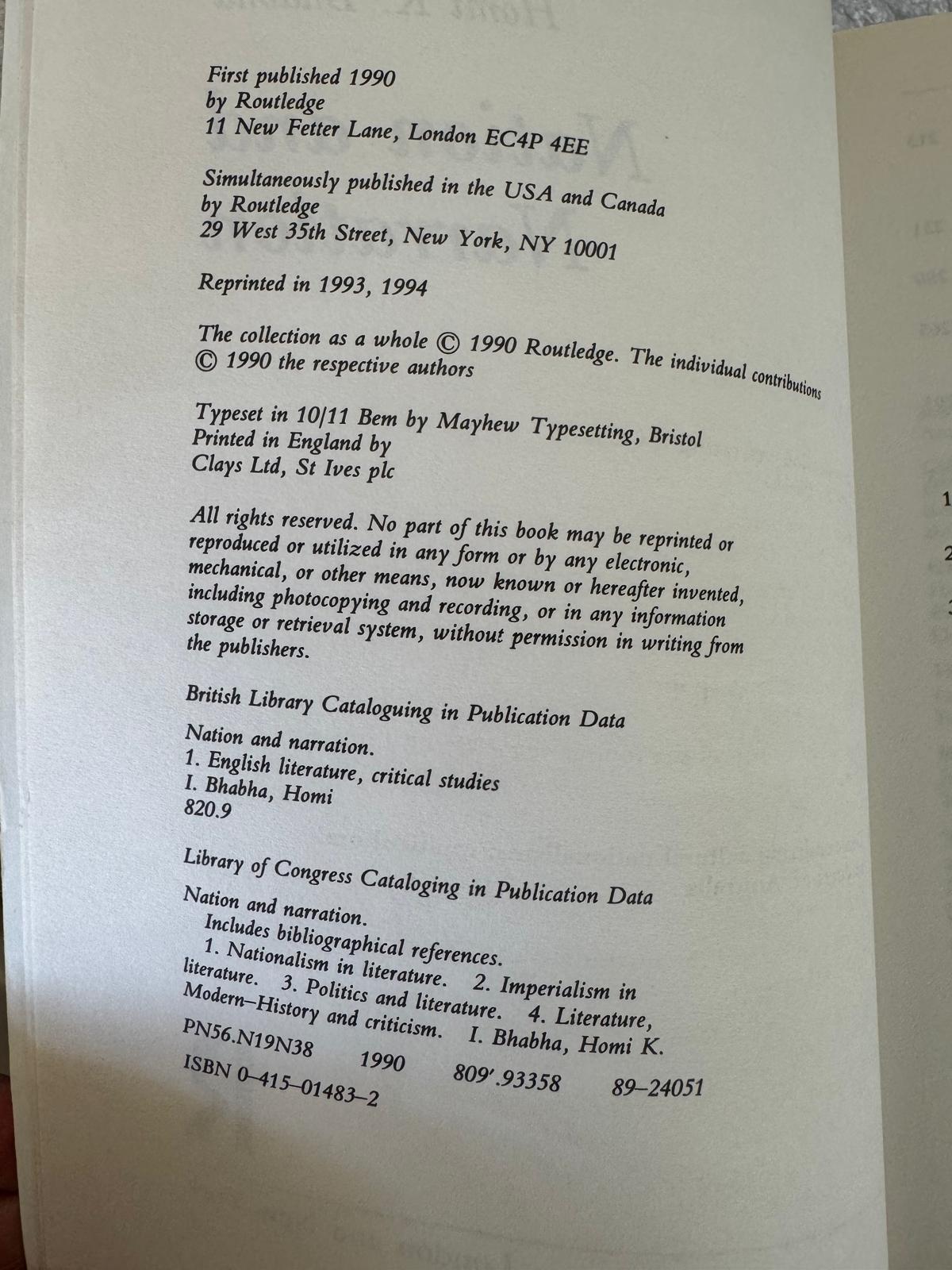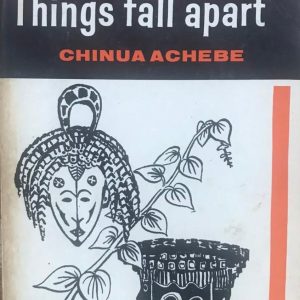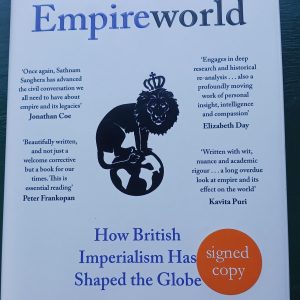Published in 1990, Nation and Narration is an edited collection of essays, with a significant introductory essay by Bhabha himself, titled “Introduction: Narrating the Nation.” The central premise of the book, and Bhabha’s overarching argument, is that nations are not natural, homogenous, or fixed entities, but rather narrative constructs. They are “imagined communities,” as Benedict Anderson famously put it, but Bhabha extends this by emphasizing the ambivalence, internal contradictions, and fluid processes through which these narratives are constantly created, contested, and re-created.
Bhabha draws heavily on post-structuralist theories, including Lacanian psychoanalysis, Derridean deconstruction, and Foucault’s ideas on discourse and power. He argues that the nation’s “coming into being” is a process of “cultural signification,” where diverse social lives and competing perspectives are articulated and negotiated. This process is inherently unstable and marked by “ambivalence”—a key term for Bhabha, signifying the simultaneous presence of opposing forces or meanings. For instance, colonial power, while asserting its authority, also reveals its own anxieties and instabilities, opening up spaces for resistance.
Key themes and concepts explored in Nation and Narration include:
- Hybridity: Bhabha argues that cultures are never pure or singular but are always already mixed, constantly in contact and transforming each other. This “hybridization” is particularly evident in postcolonial contexts, where the interaction of colonizer and colonized cultures produces new, mixed identities and forms. Hybridity is not merely a blend but a disruptive force that challenges fixed notions of identity and power.
- Mimicry: This refers to the colonized subject’s imitation of the colonizer’s culture, language, and behavior. While seemingly a form of submission, Bhabha argues that mimicry can be a subversive strategy. By “being almost the same but not quite,” the colonized can expose the artificiality and incompleteness of colonial authority, creating a space for resistance and challenging the colonizer’s assumed superiority.
- Ambivalence: As mentioned, this is central to Bhabha’s thought. He sees ambivalence as inherent in colonial discourse and in the very idea of the nation. The nation attempts to project a singular, continuous narrative, but it is always haunted by its internal divisions, disjunctions, and the voices that challenge the dominant narrative. This ambivalence provides openings for counter-narratives and new forms of belonging.
- The Third Space: This is a conceptual space that emerges from the interaction of different cultures, particularly in colonial and postcolonial encounters. It’s a liminal or interstitial space “between” competing traditions where new meanings, identities, and forms of knowledge are produced. It’s not a simple fusion but a dynamic site of negotiation and transformation.
- The Nation as Narration: The title itself encapsulates this key idea. Bhabha posits that the nation exists primarily through the stories, discourses, and representations that people tell about it. These narratives are not always coherent or unifying; they often contain internal conflicts and silences, reflecting the contested nature of national identity.
By emphasizing the discursive and performative aspects of nationhood, Bhabha’s work critiques “essentialist” readings of national identity that attempt to define nations through supposedly homogeneous, innate, or historically continuous traditions. Instead, he highlights how national identities are fluid, contested, and continually shaped by diverse narratives and cultural representations, including those from marginalized and subaltern voices.







Reviews
There are no reviews yet.